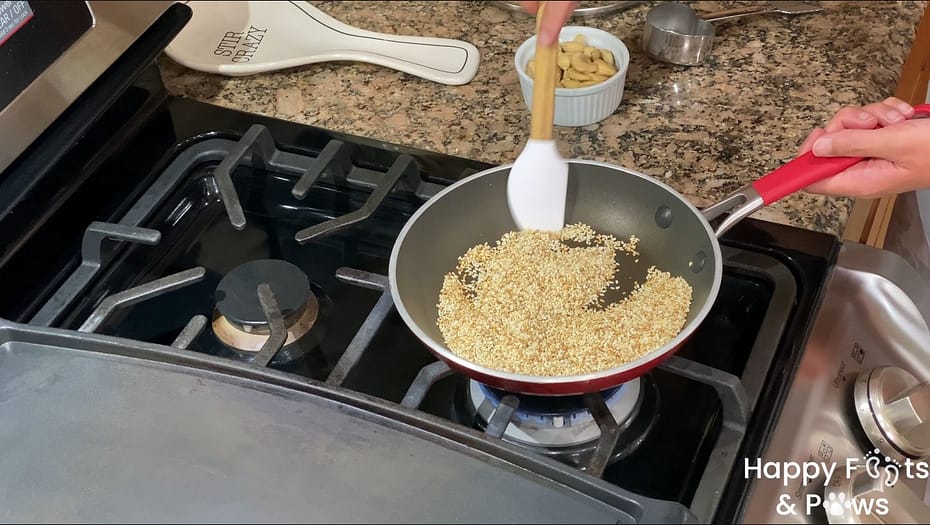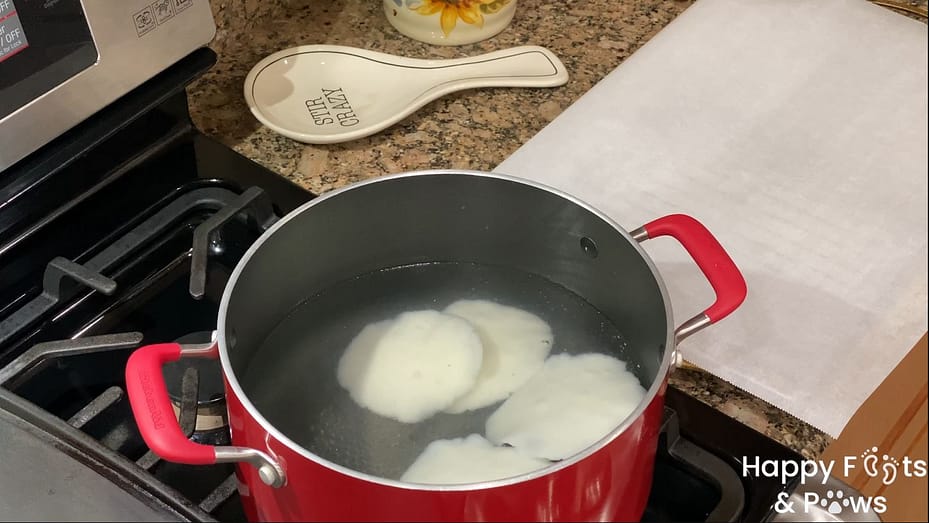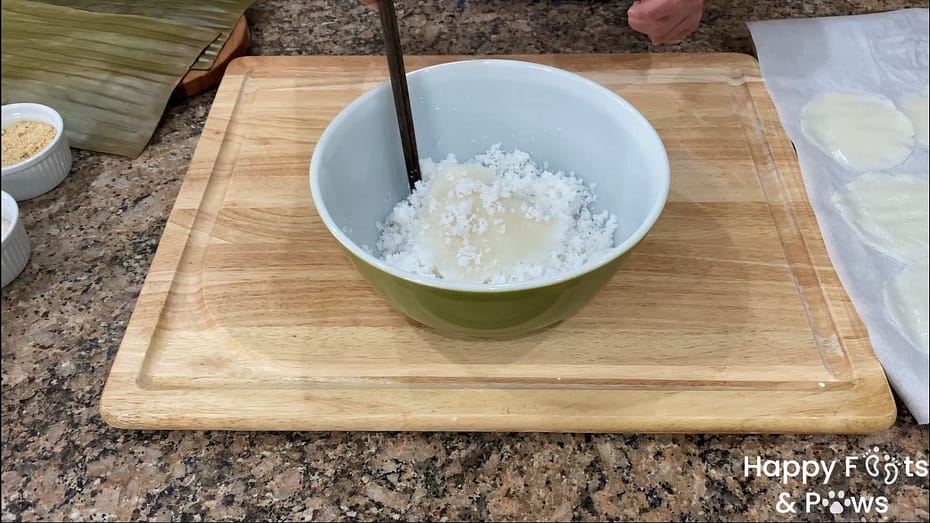Welcome to a delicious journey into the heart of Filipino cuisine with Palitaw, a cherished sweet rice cake known for its unique texture and delightful flavors. These simple yet delicious treats are a staple in the Philippines, loved for their chewy texture and tasty toppings.
Table of Contents
What is Palitaw?
Palitaw comes from the Filipino word “Litaw,” meaning “to float” or “to rise,” which perfectly describes how these rice cakes are cooked. Made from a basic mix of glutinous rice flour, salt, and water, the dough is shaped into patties and boiled until they float to the surface, indicating they’re ready to enjoy.
Regional Variations
Across the Philippines, Palitaw is celebrated with regional twists that add variety and flavor. Some areas enhance their Palitaw with ground nuts or latik, a caramelized coconut cream, showcasing the diversity and creativity of Filipino culinary traditions.
Making Palitaw is more than just preparing a dessert; it’s an experience of bringing Filipino culture into your kitchen. Easy to make and delightful to eat, Palitaw is perfect for anyone looking to try something new or relive Filipino culinary memories.
Thank you for joining me in this tasty adventure! If you loved this recipe, don’t forget to subscribe for more delicious insights.
Instructional Video
Ingredients
Dough
- ¼ cup sesame seeds, toasted
- 2 oz cashews, Toasted (optional)
- ½ cup brown sugar (use any sugar of your choice)
Toppings
- ¼ cup sesame seeds, toasted
- 2 oz cashews, Toasted (optional)
- ½ cup brown sugar (use any sugar of your choice)
Coat/Dip
- 14 oz grated coconut or flakes (I used frozen grated coconut flakes. You may also use desiccated coconut flakes)
Water
• 2-3 quarts (8-12 cups) filtered water, room temp (for boiling)
Items You’ll Need
- Small pans
- Measuring cups, spoons, bowls
- Silicone spatula
- Wood spoons
- Slotted spoons
- Parchment paper
- Baking sheet
- Electric chopper or mortar and pestle
- Banana leaves, for serving (optional)
- Serving plates, bowls, or ramekins
- Dessert forks
Instructions
Toast the Toppings

Begin by toasting the sesame seeds and cashews (if using) in small pans over medium heat. Stir the sesame seeds continuously for 5-8 minutes, or until they turn golden brown. Remove them from the heat and transfer them to a bowl. Repeat the process with the cashews, toasting them for 5-8 minutes until they also turn golden brown.
Once cooled, use an electric chopper or mortar and pestle to grind the toasted cashews into a fine powder. Set both the toasted sesame seeds and ground cashews aside for later use.
Prepare the Dough

In a large bowl, combine the glutinous rice flour and salt. Gradually add the coconut milk (or water), mixing the ingredients together until a dough forms. Use your hands to knead the dough, firmly compressing it until it becomes a smooth, cohesive ball. Cover the dough and let it rest for 5 minutes.
Shape the Palitaw

Divide the dough into small, 1-ounce portions. Roll each portion into a small ball, then flatten it into a round patty about 3 inches in diameter and 1/4 to 1/8 inch thick. Be careful not to let the patties fold over as you place them in the boiling water.
Cook the Palitaw

Bring 2-3 quarts of water to a boil in a large pot. Carefully lower the dough patties into the boiling water, making sure they don’t fold over. Cook for 5-8 minutes, or until the Palitaw float to the surface, indicating they are cooked through. Once they float, continue cooking for an additional 2-3 minutes. Using a slotted spoon, carefully remove the cooked Palitaw from the water and place them on a parchment-lined baking sheet to drain excess water.
Coat and Top the Palitaw

While the Palitaw are still warm, generously coat them in the grated coconut flakes, ensuring both sides are evenly covered. Arrange the coated Palitaw on a serving plate or platter, then sprinkle the toasted sesame seeds and ground toasted cashews (if using) over the top. Finish with a light dusting of sugar.
Enjoying the Delightful Palitaw
Palitaw are best enjoyed immediately, while the dough is still warm and the coconut topping is fresh and crunchy. The combination of the chewy, glutinous rice cake, the sweet and nutty toppings, and the satisfying crunch of the coconut and sesame seeds creates a truly delightful and memorable experience.
Whether you’re serving Palitaw as a snack, a dessert, or a special treat, these flattened sweet rice cakes are sure to delight and captivate your taste buds. Embrace the rich cultural heritage and diverse flavors of the Philippines by indulging in this beloved delicacy.
